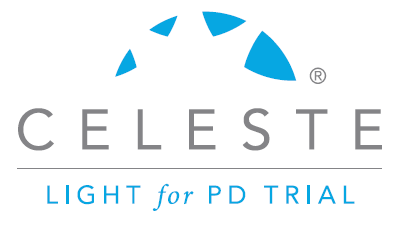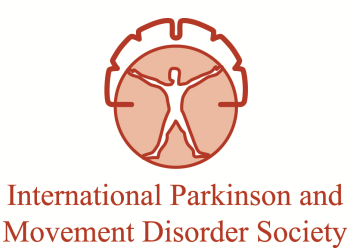Recent Announcements
PhotoPharmics Announces Board Expansion to Support the Next Phases of Growth: Clinical Execution, Commercialization, and Strategic Partnerships
PhotoPharmics, a clinical-stage medical device company developing photo-neuromodulation therapies...
PhotoPharmics Surpasses Enrollment Target with 350 Participants in First-of-a-Kind Remote, Home-Based Phase 3 “Light for PD” Clinical Trial
PhotoPharmics, a clinical-stage medical device company pioneering Photo Neuromodulation for neurodegenerative disease, today announced it has surpassed its enrollment target with 350 participants in its pivotal, Phase 3 Light for PD clinical trial evaluating the Celeste® device for people living with Parkinson’s disease.
“Exceeding our target and closing enrollment is a remarkable milestone for the Parkinson’s community,” said Kent Savage, Chief Executive Officer of PhotoPharmics. “We’re proving that rigorous science can be both patient-centered and home-based. We’re deeply grateful to our investigators, study teams, and especially our participants and their families, whose courage and commitment make this work possible.”
PhotoPharmics to Feature Photo Neurostimulation at the 2025 Movement Disorders Society International Congress
Attendees invited to Booth #732 for pivotal trial updates and to discuss unmet needs in...
PhotoPharmics Forms Commercial Advisory Board to Guide Market Launch of Breakthrough Parkinson’s Therapy
Renowned leaders in neurology, movement disorders, and commercialization join to shape Celeste®...
Featured Article

The Role of Nutrition in Parkinson’s Disease
Introduction Did you know that unintentional weight loss and nutritional deficiencies are among the most common challenges for people with Parkinson’s disease, often occurring even before a diagnosis is made? In simple terms, Parkinson’s Disease is a condition where...
The Role of Nutrition in Parkinson’s Disease
Introduction Did you know that unintentional weight loss and nutritional deficiencies are among the most common challenges for people with Parkinson’s disease, often occurring even before a diagnosis is made? In simple terms, Parkinson’s Disease is a condition where...









Archived Content